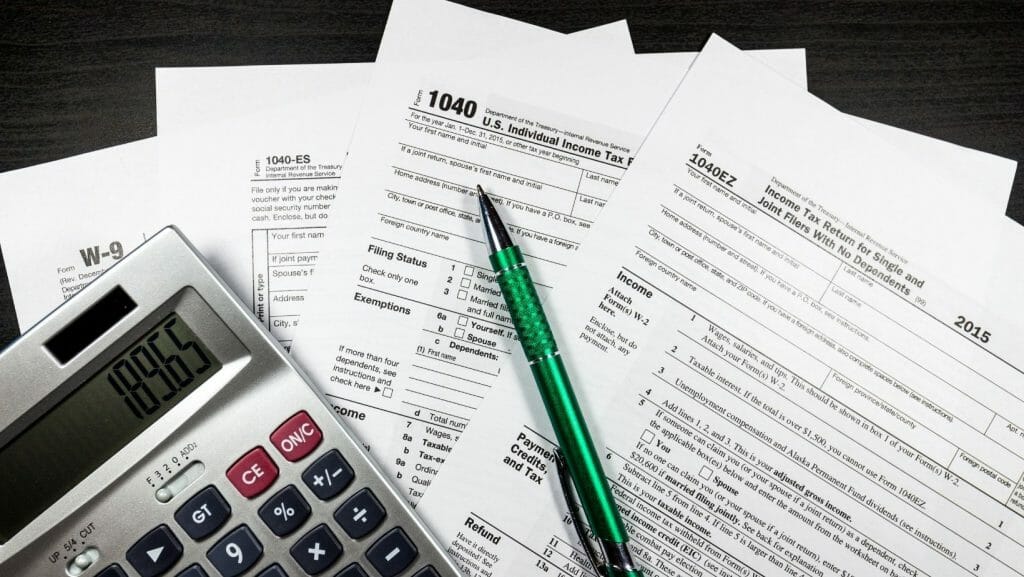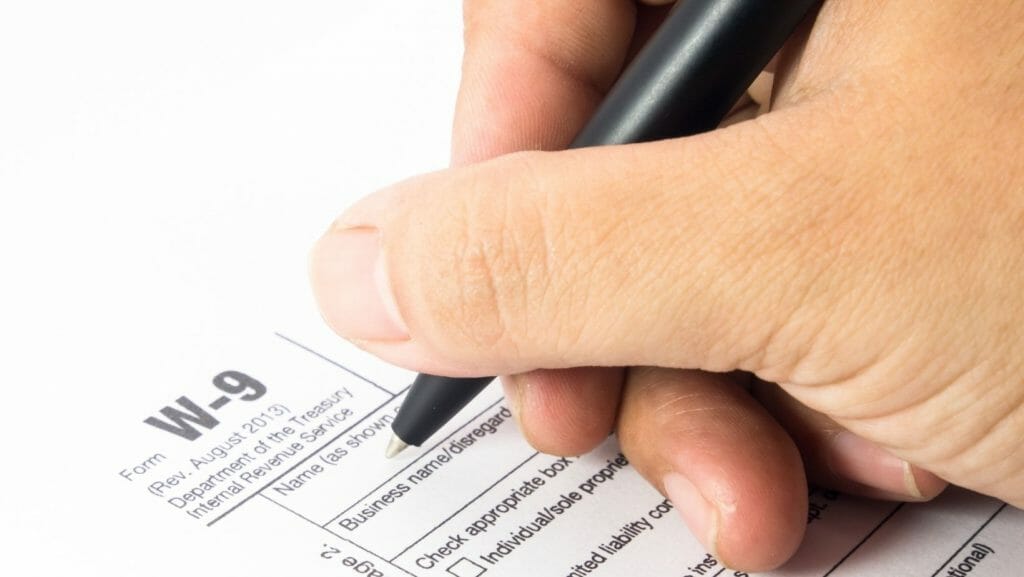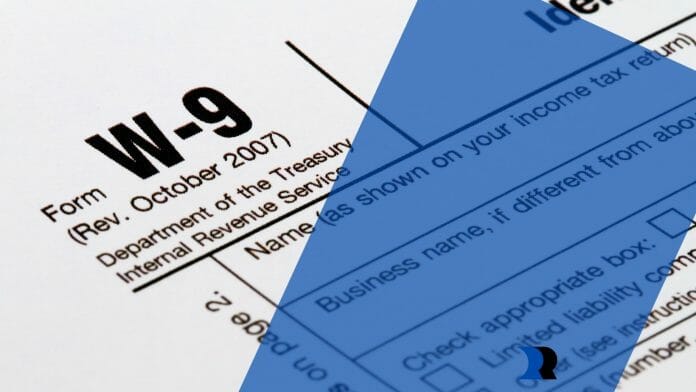Starting a new job comes with a ton of paperwork, including anything from your W-4 form to the direct deposit information & benefits enrollments. When you’re self-employed or a subcontractor, your tax situation is more complicated. The IRS will still expect you to declare your income and the companies who hire you for your services. The W-9 form comes into the equation here.
Form W-9: What You Need to Know
“To complete Form W-9, you’ll need to provide the following information: the name of the independent contractor, the business name (if any), the type of business (sole proprietor, partnering, C corporate entity, S corporation, confidence, limited liability company or “other”), as well as the tax identification number of the business.” – Wikipedia.
The person filling out the Form W-9 must attest that they are neither subject to backups withholding, which is also requested on the Form W-9. When an individual or business hires an independent contractor, the corporation must deduct a flat rate of 24 percent from that person’s wage (for tax years 2018–2025) & send that money to the Internal Revenue Service (IRS). 4
To prevent identity theft, the person filling out Form W-9 and the organization receiving it must take extra precautions when transmitting and receiving the finished document.
Simply filling out Form W-9 for the Internal Revenue Service serves only one purpose. A Tax Identification Number (TIN) enables you to submit your tax identification number (EIN) or social security number (SSN) to another individual, bank, or financial firm for processing.
The W-9 is a simple “information return,” which is used just to provide information to another party (rather than the IRS). Nevertheless, because you aren’t delivering it to the IRS, you must be careful as to who you send it to.

What is The Purpose of the W-9 Form?
A one-page IRS tax document, IRS Form W-9, Request for Taxpayer Identity Number and Certification, is used to provide the right tax number to other individuals, customers, banks, & financial institutions by individuals or corporations.
When you’re a self-employed freelancer, you often send to someone who will then put you back a Form 1099, which you must submit to the IRS if someone gave you more than $600.
Who is Required to Complete a W-9?
The W-9 form can be used in a variety of situations, including but not limited to:
A single client will pay you more than $600 as a contractor, consultant, or advisor in a tax year. Before they can give you a Form 1099-MISC, they’ll require a W-9 form from you (the payee). For tax purposes, you’ll need to have that.

Whenever you Open up a New Bank Account, You may be Asked to Provide a W-9 Form as Well
To record interest income distributions, including proceeds from property transactions, your bank or financial institution may need a complete W-9 from you in addition to the 1099 form (i.e., if you sell your house).
Form 1099-C must be filed with the IRS if a creditor forgives or cancels the money you owe them. A completed W-9 form is required to complete the transaction.
Providing a W-9 form to anyone other than a customer, bank, and another financial firm should be a red flag. But that person should know how to fill out a w9. To prevent identity theft, this data should be safeguarded.
Conclusion
A Report 1099, which you’ll need to record certain types of income to the Internal Revenue Service, will be sent to you if someone requests a signed Copy W-9 from you. Non-employee compensation (1099-NEC), cash ratio (1099-MISC), profits (1099-DIV), & debt cancellation are all instances of payments that need a Form 1099. (1099-C).
Even though there is no official limit for submitting your W-9, you must do so as soon as you receive one. If you send in your W-9 as soon as possible, you’ll get the tax forms back in no time. Don’t forget about the $50 perjury penalty for not sending a W-9 or sending the erroneous one. Before submitting your W-9 form, double-check that your TIN is right.


